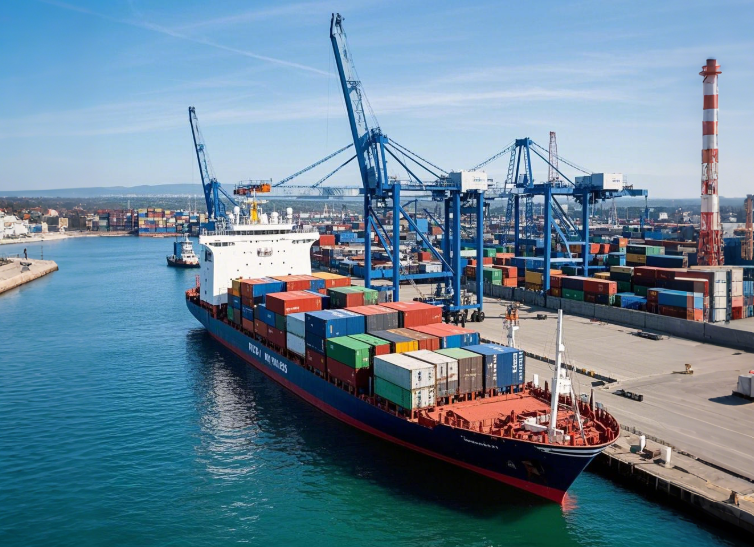Introduction to International Trade
Author:XTransfer2025-01-22
International Trade refers to the exchange of goods, services and factors of production between different countries or regions. It includes the trading of tangible goods (such as physical goods) and intangible goods (such as services, technology, etc.). It is the manifestation of the division of labor among countries and reflects the economic interdependence of countries in the world. For many countries, international trade is an important component of gross national product. Through import and export, the country can adjust the utilization rate of domestic production factors, optimize the economic structure, and increase fiscal revenue.
Ⅰ. Main types of international trade
Classification according to the flow of goods:
It can be divided into import trade and export trade, and these two international trade modes are very common. Import trade is when a country purchases goods or services from other countries. Export trade is the sale of goods or services produced by a country to other countries. There is also a type of transit trade in which goods are transported from one country to another without the country passing through as the final destination.
Classification by type of goods:
It can be divided into visible trade and invisible trade. Visible Trade is simply the exchange of physical goods. Imports and exports involving physical commodities are the more common form of international trade. Invisible Trade is a form of trade involving non-physical transactions such as services and intellectual property.
By way of trade:
It can be divided into direct trade, indirect trade and triangular trade. Direct trade refers to the direct transaction between the buyer and the seller, no third party is involved, and the ownership of the goods is directly transferred. Indirect trade is done through agents or third parties. Triangle trade is when a third party contracts with an exporter in the name of the buyer for resale to the importer.
By means of settlement:
It can be divided into spot trade, accounting trade and barter trade. Spot trade refers to the use of spot settlement, the advantages of flexibility and trade involves a wide range. Bookkeeping trade means that it is not settled on a case-by-case basis within a certain period of time, but is settled at one time when it is due. Barter trade refers to the exchange of commodities for commodities, which is applicable to countries with insufficient foreign exchange, and the goods traded between the two sides are priced and settled at the market price.

Ⅱ. What risks exist in international trade
Credit risk
Credit risk, also known as counterparty risk, refers to the counterparty's failure to meet contractual obligations on time, such as defaulting on payments or failing to deliver goods on time. To reduce this risk, businesses can take steps such as requiring full or partial payment before delivering products, or using letters of credit to ensure the security of transactions. Before conducting trade, enterprises also need to reduce credit risks through credit investigations, the use of letters of credit and other ways.
Legal risks
Legal risks arise from differences in laws and regulations in different countries. Businesses need to be aware of local business laws and import and export licensing requirements when entering new markets. Legal proceedings can result in high costs, so it is essential to know and follow the relevant laws. When signing a contract, you should also consider the risks involved. Failure to specify the currency or time of payment in the contract may lead to disputes
Political risk
Political risk refers to the uncertainty of trade activities caused by political instability, strikes, policy changes, laws and regulations changes, wars, conflicts, terrorism and other factors in the importing country or exporting country. For example, importing countries may raise tariffs or implement trade restrictions due to policy adjustments, resulting in increased trade costs. It is therefore necessary to monitor political developments in the countries concerned.
Foreign exchange risk
Foreign exchange risk is the potential loss due to exchange rate fluctuations. When the local currency or foreign currency depreciates, companies may face a decline in profits. To reduce foreign exchange risk, enterprises can develop foreign exchange strategies and use financial instruments to hedge exchange rate fluctuations.
Transportation risk
The transportation of goods in international trade is a very important link. Loss or damage that may occur during transportation, such as broken goods, theft, pollution, etc., are transportation risks. The purchase of transportation insurance can effectively reduce the loss caused by such risks. This is also a risk that companies should consider in advance.